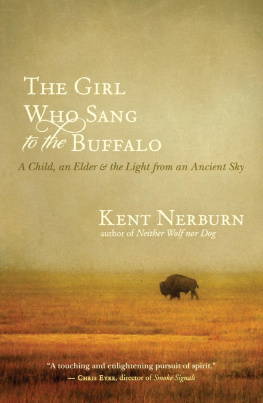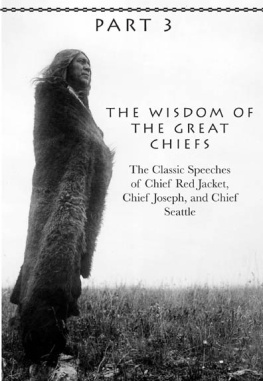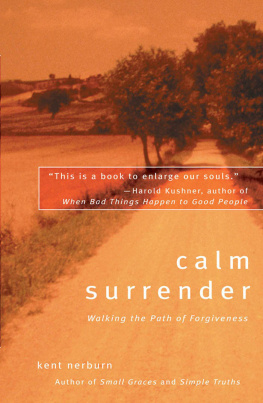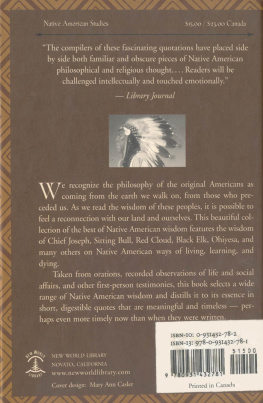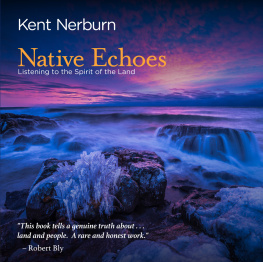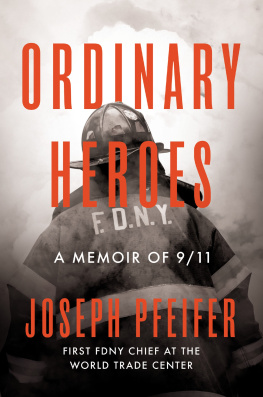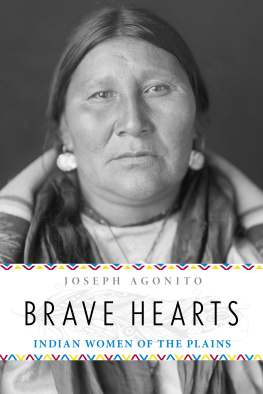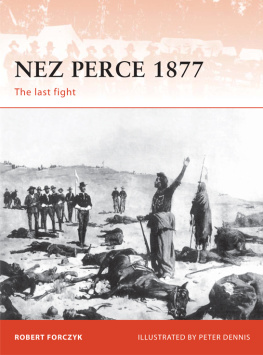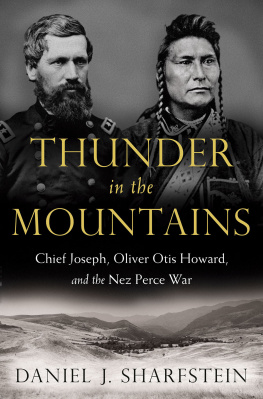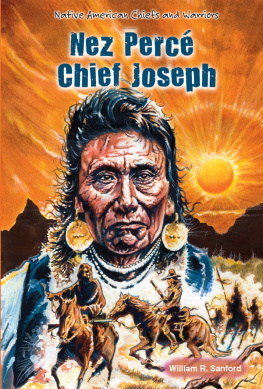Kent Nerburn - Chief Joseph & the Flight of the Nez Perce: The Untold Story of an American Tragedy
Here you can read online Kent Nerburn - Chief Joseph & the Flight of the Nez Perce: The Untold Story of an American Tragedy full text of the book (entire story) in english for free. Download pdf and epub, get meaning, cover and reviews about this ebook. year: 2005, publisher: HarperOne, genre: Art. Description of the work, (preface) as well as reviews are available. Best literature library LitArk.com created for fans of good reading and offers a wide selection of genres:
Romance novel
Science fiction
Adventure
Detective
Science
History
Home and family
Prose
Art
Politics
Computer
Non-fiction
Religion
Business
Children
Humor
Choose a favorite category and find really read worthwhile books. Enjoy immersion in the world of imagination, feel the emotions of the characters or learn something new for yourself, make an fascinating discovery.

- Book:Chief Joseph & the Flight of the Nez Perce: The Untold Story of an American Tragedy
- Author:
- Publisher:HarperOne
- Genre:
- Year:2005
- Rating:3 / 5
- Favourites:Add to favourites
- Your mark:
Chief Joseph & the Flight of the Nez Perce: The Untold Story of an American Tragedy: summary, description and annotation
We offer to read an annotation, description, summary or preface (depends on what the author of the book "Chief Joseph & the Flight of the Nez Perce: The Untold Story of an American Tragedy" wrote himself). If you haven't found the necessary information about the book — write in the comments, we will try to find it.
Hidden in the shadow cast by the great western expeditions of Lewis and Clark lies another journey every bit as poignant, every bit as dramatic, and every bit as essential to an understanding of who we are as a nation -- the 1,800-mile journey made by Chief Joseph and eight hundred Nez Perce men, women, and children from their homelands in what is now eastern Oregon through the most difficult, mountainous country in western America to the high, wintry plains of Montana. There, only forty miles from the Canadian border and freedom, Chief Joseph, convinced that the wounded and elders could go no farther, walked across the snowy battlefield, handed his rifle to the U.S. military commander who had been pursuing them, and spoke his now-famous words, From where the sun now stands, I will fight no more forever.
The story has been told many times, but never before in its entirety or with such narrative richness. Drawing on four years of research, interviews, and 20,000 miles of travel, Nerburn takes us beyond the surrender to the captives unlikely welcome in Bismarck, North Dakota, their tragic eight-year exile in Indian Territory, and their ultimate return to the Northwest. Nerburn reveals the true, complex character of Joseph, showing how the man was transformed into a myth by a public hungry for an image of the noble Indian and how Joseph exploited the myth in order to achieve his single goal of returning his people to their homeland.
Chief Joseph & the Flight of the Nez Perce is far more than the story of a man and a people. It is a grand saga of a pivotal time in our nations history. Its pages are alive with the presence of Lewis and Clark, General William Tecumseh Sherman, General George Armstrong Custer, and Sitting Bull. Its events brush against the California Gold Rush, the Civil War, the great western pioneer migration, and the building of the telegraph and the transcontinental railroad. Once you have read this groundbreaking work, you will never look at Chief Joseph, the American Indian, or our nations westward journey in the same way again.
Kent Nerburn: author's other books
Who wrote Chief Joseph & the Flight of the Nez Perce: The Untold Story of an American Tragedy? Find out the surname, the name of the author of the book and a list of all author's works by series.

